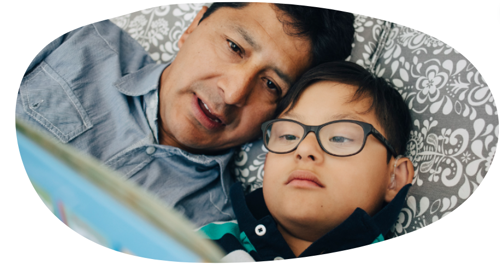Now that your child has been selected for Selective Dorsal Rhizotomy (SDR) surgery, there are some things you can do in the weeks/months leading up to admission to hospital to prepare your child for this surgery, the postoperative hospital stay and the physiotherapy programme.
The SDR surgery will reduce spasticity (muscle stiffness) in your child’s legs and there will be some associated muscle weakness in their legs immediately following surgery.
The daily programme described in this leaflet includes exercises to strengthen the muscles that will be weak, improve leg range of motion and familiarise your child with the postoperative exercise programme.

Please continue with any additional stretches and the orthotic (splint) regime that you have been doing.
If your child is unable to perform any of the exercises as described in this booklet, please do not worry. Attempt the exercises and encourage your child to maintain the positions and perform the movements to the best of their ability. This is important to familiarise your child with this type of exercise as many of the post-operative exercises will be similar or the same.
It will also help to establish the exercises into a routine. You can ask your child’s community physiotherapist for further advice if you are unsure what to do.


 This leaflet explains about what you should know when considering the SDR operation. It explains the process of assessment and also the risks, and what to expect after the procedure.
This leaflet explains about what you should know when considering the SDR operation. It explains the process of assessment and also the risks, and what to expect after the procedure. This leaflet
This leaflet